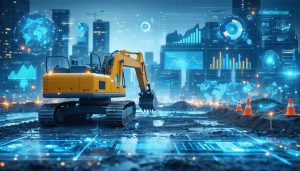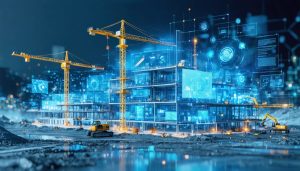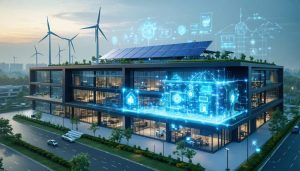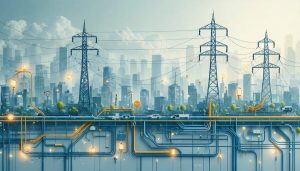
HVAC Industry Powerhouses: Key Associations Shaping Tomorrow’s Standards
HVAC industry associations stand as the backbone of professional excellence and innovation in heating, ventilation, and air conditioning. These organizations shape technical standards, drive sustainability initiatives, and foster collaborative relationships that define modern HVAC practices. From ASHRAE’s research-driven approach to ACCA’s contractor-focused programs, these associations collectively represent over 200,000 professionals worldwide and influence more than $80 billion in …









